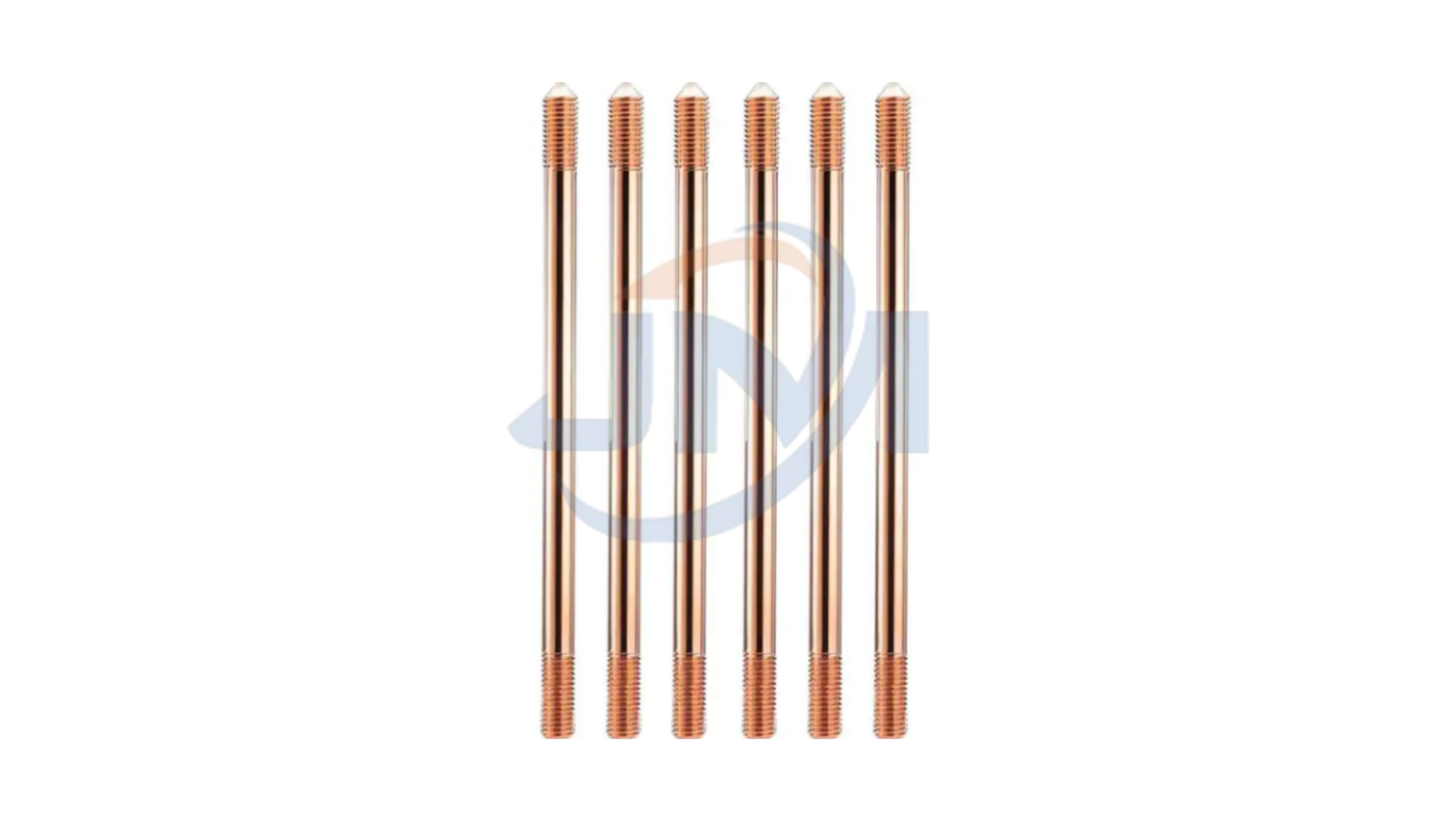Welcome to Handan Jinmai Power Line Accessories Manufacturing Co., Ltd.
Understanding Ground Rod Code Requirements: A Comprehensive Guide for Compliance and Safety
When it comes to electrical safety, the importance of grounding cannot be overstated. Ground rods play a crucial role in ensuring that electrical systems are properly grounded, which helps to prevent electrical shocks, fires, and equipment damage. In this article, we will delve into the code requirements for ground rods, providing a detailed overview of the standards that must be followed to ensure compliance and safety.
H1: What Are Ground Rods?
Ground rods are conductive elements that are driven into the earth to create a path for electrical current to safely dissipate into the ground. They are a vital component of grounding systems in residential, commercial, and industrial settings. The purpose of a ground rod is to provide a low-resistance path for fault current to flow to the earth, thus protecting both people and equipment.
H2: Importance of Ground Rods in Electrical Safety
- Prevents electrical shocks by providing a safe path for fault current.
- Reduces the risk of electrical fires by dissipating excess energy.
- Protects electrical equipment from damage due to voltage surges.
- Ensures the proper functioning of lightning protection systems.

H3: Ground Rod Code Requirements: A Detailed Overview
1. Material Specifications:
- Ground rods must be made of materials that have low electrical resistance, such as copper, copper-clad steel, or galvanized steel.
- The National Electrical Code (NEC) specifies the minimum length and diameter of ground rods, which can vary depending on the application.
2. Installation Depth:
- The NEC requires that ground rods be driven to a minimum depth of 8 feet (2.4 meters) below the surface to ensure a good connection with the earth.
- In areas with frozen ground or rocky soil, alternative grounding methods may be required.
3. Soil Resistance:
- The resistance of the soil where the ground rod is installed must be tested to ensure it meets the required standards.
- If the resistance is too high, additional rods or grounding enhancements may be necessary.

4. Ground Rod Spacing and Layout:
- Ground rods should be spaced at least 6 feet (1.8 meters) apart to minimize the resistance between them.
- The layout of ground rods should follow a radial pattern around the grounding electrode system.
5. Connections:
- All connections between ground rods and the grounding electrode conductor must be made with approved clamps or exothermic welding for a secure and low-resistance connection.
- The connections should be corrosion-resistant and properly insulated.
6. Inspection and Maintenance:
- Regular inspections of the grounding system are necessary to ensure that ground rods are still effective and in good condition.
- Any signs of corrosion, damage, or poor connections should be addressed promptly.
Conclusion:
Understanding and adhering to the code requirements for ground rods is essential for maintaining electrical safety in any building or facility. By following these guidelines, you can ensure that your grounding system is both compliant and effective in protecting against electrical hazards. Always consult with a licensed electrician when dealing with grounding systems to ensure that all work is done safely and correctly.






